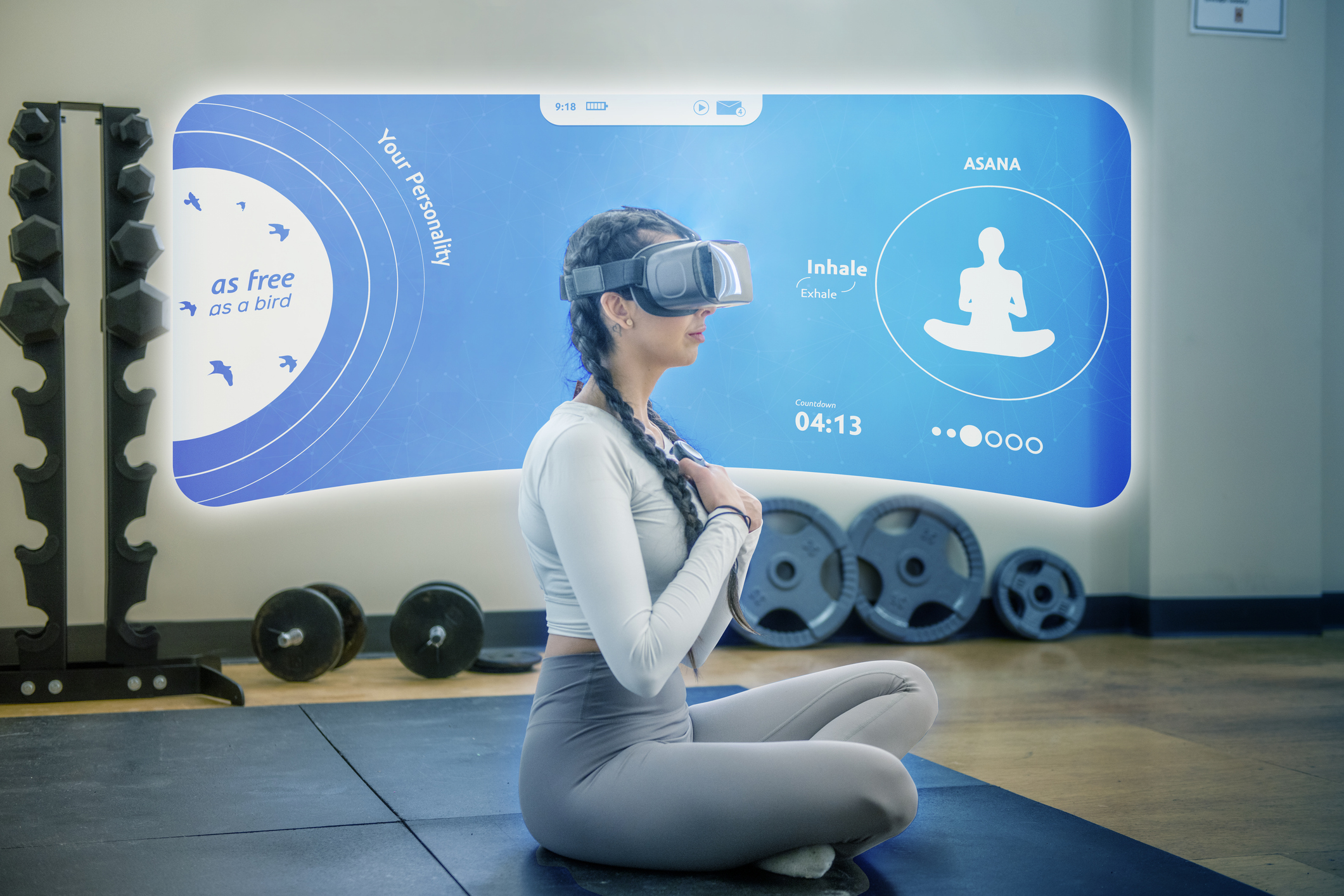Holographic Displays for Visual Rehabilitation
Introduction
Visual impairment poses significant challenges to individuals’ daily lives, affecting their ability to perform tasks independently and impacting their overall quality of life. Traditional rehabilitation methods often rely on conventional visual aids and therapies. However, advancements in technology are revolutionizing the field of visual rehabilitation, with holographic displays emerging as a promising tool for enhancing visual function. In this article, we’ll delve into the innovative application of holographic displays in visual rehabilitation, exploring their potential benefits, applications, and future implications.
Understanding Holographic Displays
Holographic displays utilize holography technology to create three-dimensional (3D) images that appear to float in space without the need for special glasses or goggles. Unlike traditional two-dimensional displays, holographic displays offer a more immersive and realistic viewing experience, allowing viewers to perceive depth and perspective.
Benefits of Holographic Displays in Visual Rehabilitation
The use of holographic displays in visual rehabilitation offers several potential benefits:
- Enhanced Spatial Awareness: Holographic displays can provide individuals with visual impairments with a more accurate perception of spatial relationships and depth, facilitating better navigation and orientation in their environment.
- Interactive Rehabilitation Exercises: Holographic displays enable the development of interactive rehabilitation exercises and simulations that engage multiple senses and promote active participation in vision therapy.
- Personalized Rehabilitation Programs: Holographic displays can be customized to simulate specific visual challenges faced by individuals with different types of visual impairments, allowing for personalized rehabilitation programs tailored to each individual’s needs.
- Real-time Feedback: Holographic displays can provide real-time feedback on performance during rehabilitation exercises, allowing for immediate adjustments and progress monitoring.
- Increased Motivation and Engagement: The immersive nature of holographic displays can enhance motivation and engagement in visual rehabilitation activities, leading to better outcomes and adherence to treatment protocols.
Applications of Holographic Displays in Visual Rehabilitation
Holographic displays have diverse applications in visual rehabilitation, including:
- Vision Therapy: Holographic displays can be used to simulate visual stimuli and exercises designed to improve visual acuity, depth perception, visual field, and other aspects of visual function.
- Orientation and Mobility Training: Holographic simulations of real-world environments can help individuals with visual impairments develop orientation and mobility skills, such as navigation, obstacle avoidance, and route planning.
- Low Vision Aids: Holographic displays can serve as a platform for the development of innovative low vision aids, such as augmented reality (AR) glasses or head-mounted displays, that enhance visual perception and assist with daily tasks.
- Neurorehabilitation: Holographic displays can be used in conjunction with neurorehabilitation techniques to facilitate visual cortex reorganization and recovery following brain injury or stroke.
Future Implications and Challenges
While the potential of holographic displays in visual rehabilitation is promising, several challenges need to be addressed, including technological limitations, cost considerations, and the need for further research to validate their efficacy. However, with continued advancements in holography technology and interdisciplinary collaboration between researchers, engineers, and healthcare professionals, holographic displays hold the promise of revolutionizing visual rehabilitation and improving the lives of individuals with visual impairments.
Conclusion
Holographic displays represent a groundbreaking innovation in visual rehabilitation, offering new possibilities for enhancing visual function and improving quality of life for individuals with visual impairments. By harnessing the immersive and interactive capabilities of holographic technology, visual rehabilitation programs can be personalized, engaging, and effective in addressing the diverse needs of individuals with different types of visual challenges. While challenges remain, the future of holographic displays in visual rehabilitation is bright, promising new opportunities for innovation, research, and collaboration in the quest to empower individuals with visual impairments to thrive in a visually complex world.
World Eye Care Foundation’s eyecare.live brings you the latest information from various industry sources and experts in eye health and vision care. Please consult with your eye care provider for more general information and specific eye conditions. We do not provide any medical advice, suggestions or recommendations in any health conditions.
Commonly Asked Questions
Holographic displays have potential applications for various types of visual impairments, but their effectiveness may vary depending on the specific condition and individual needs.
While holographic displays are still in the early stages of development for visual rehabilitation, research and experimentation are underway to explore their potential benefits and applications.
Yes, individuals involved in visual rehabilitation programs may require training on how to use holographic displays effectively for therapy exercises and simulations.
Yes, holographic displays can recreate realistic environments to help individuals with visual impairments practice orientation and mobility skills in a controlled and safe setting.
Currently, holographic display technology may be costly and not widely accessible, but ongoing advancements and research aim to make them more affordable and available in the future.
While holographic displays are generally safe to use, individuals with certain medical conditions or sensitivities may experience discomfort or visual disturbances during prolonged use. It’s essential to consult with healthcare professionals before incorporating holographic displays into rehabilitation programs.
Holographic displays have the potential to enhance visual function and quality of life for individuals with degenerative eye conditions by providing interactive rehabilitation exercises and personalized interventions.
Yes, holographic displays typically require specialized hardware and software components to create and display 3D holographic images effectively.
Holographic displays can be adapted for use in visual rehabilitation programs for children, offering engaging and interactive experiences to support their visual development and learning.
Future advancements in holographic display technology may include improved resolution, enhanced interactivity, and the development of more affordable and accessible solutions for visual rehabilitation.
news via inbox
Subscribe here to get latest updates !








